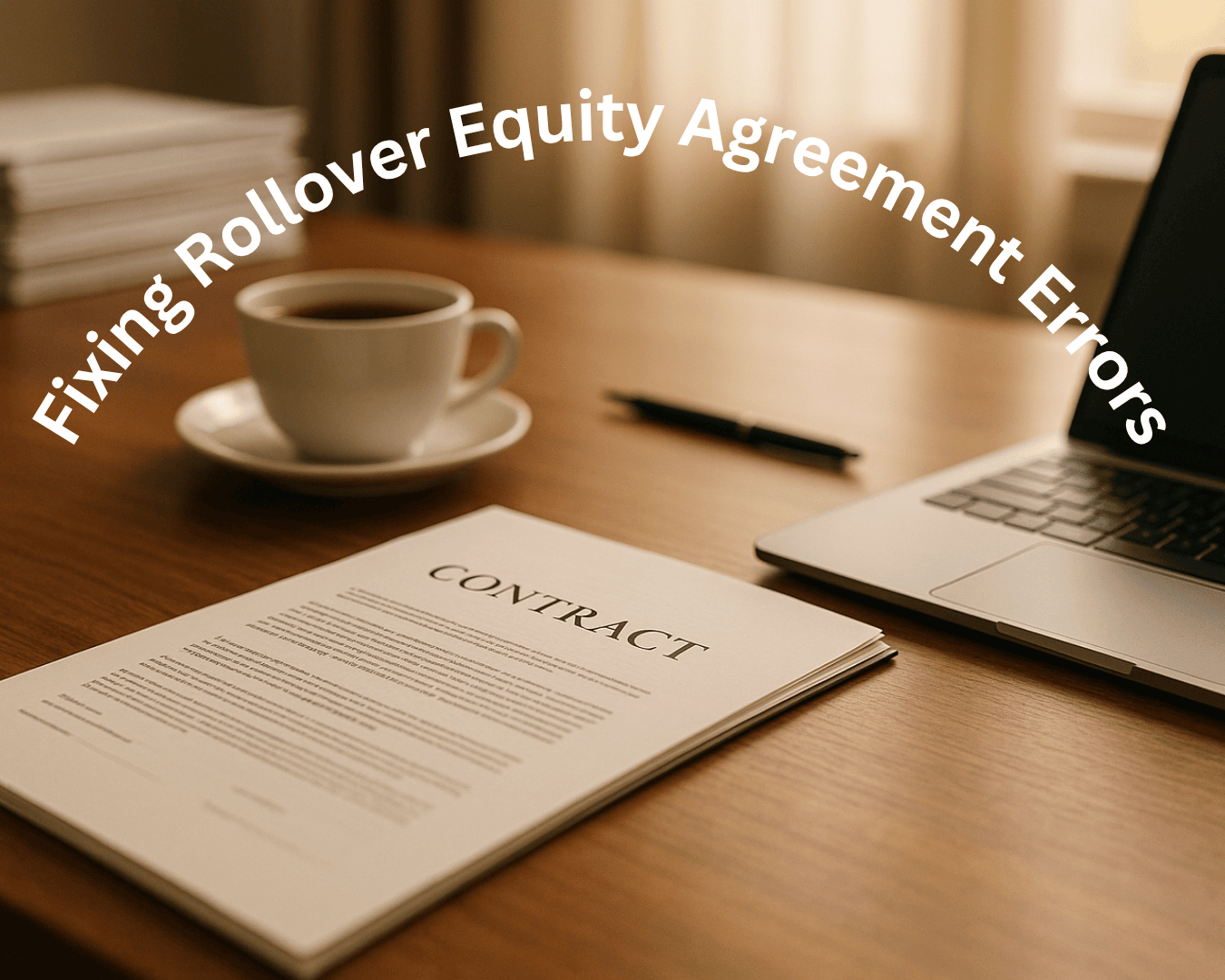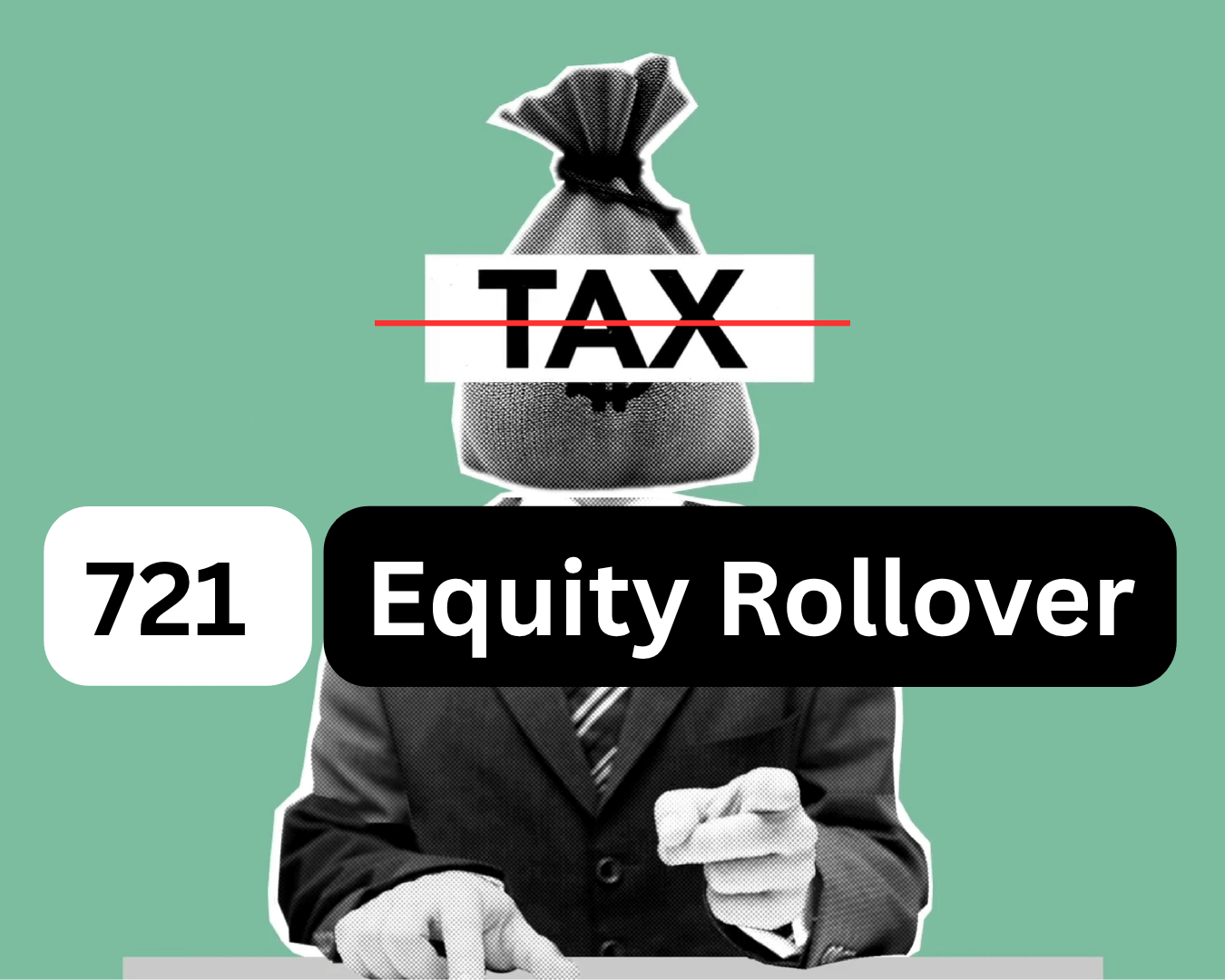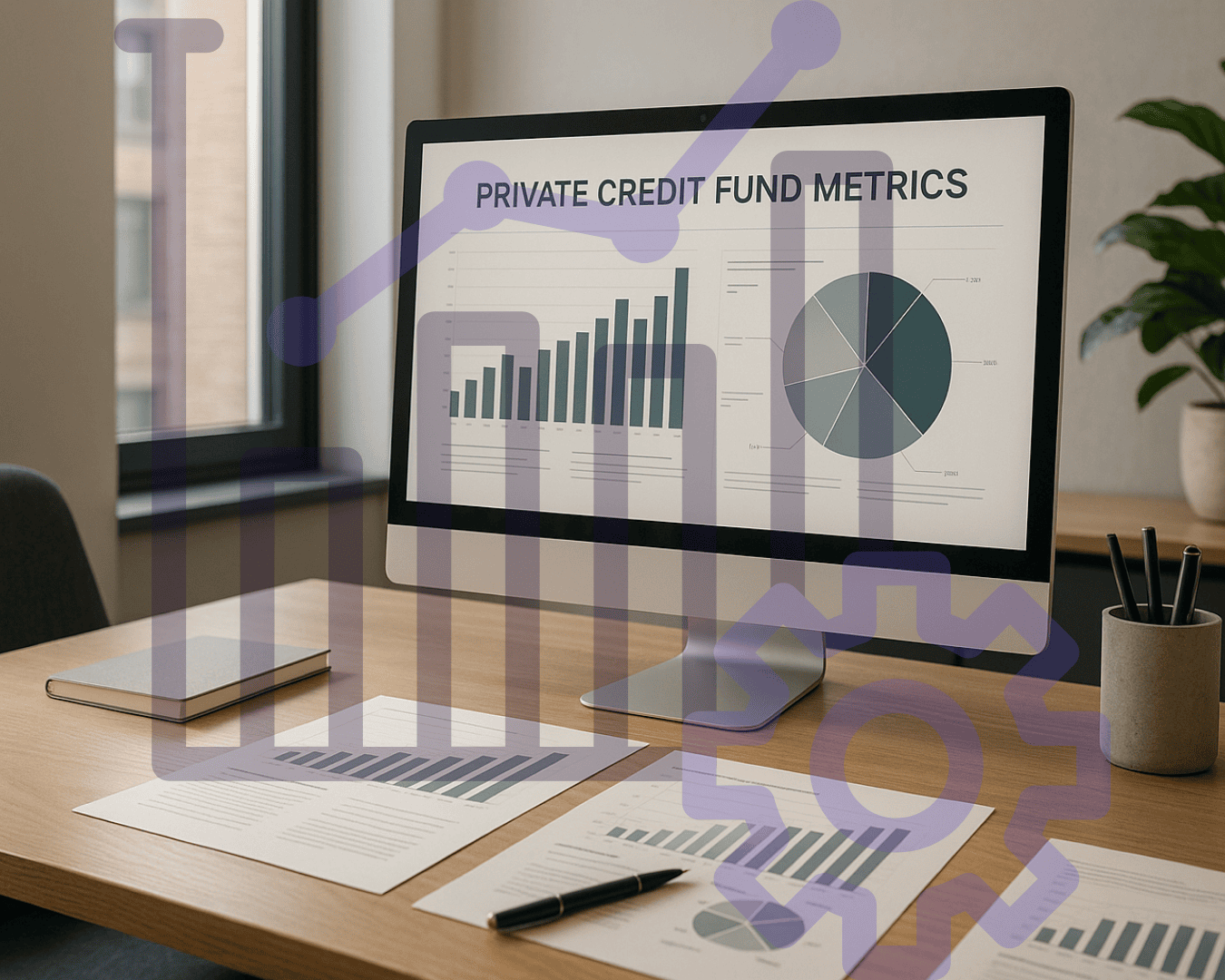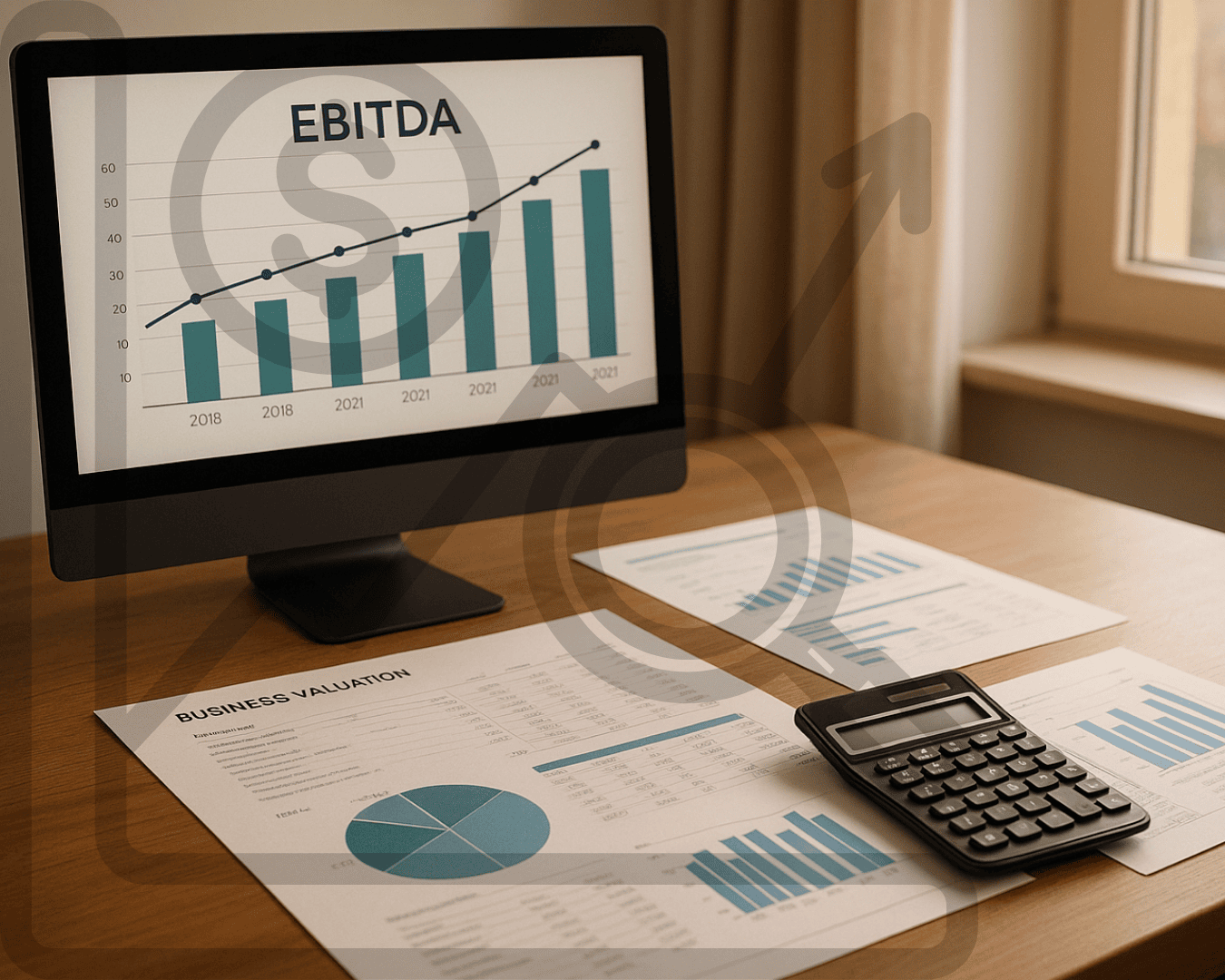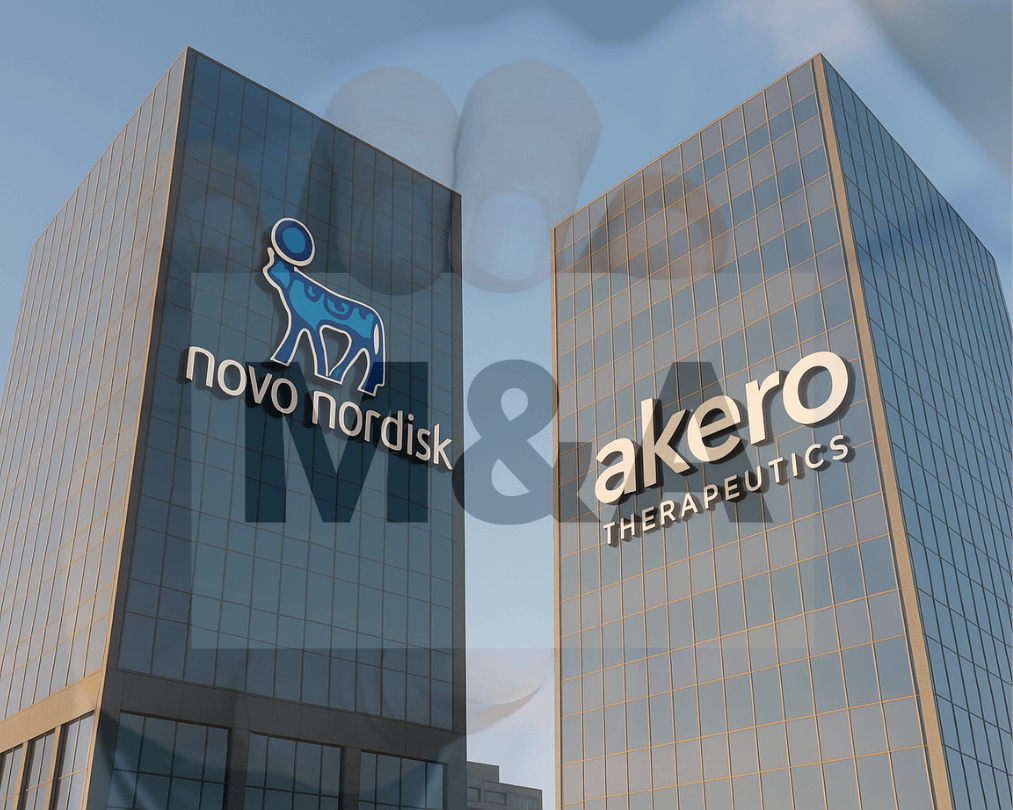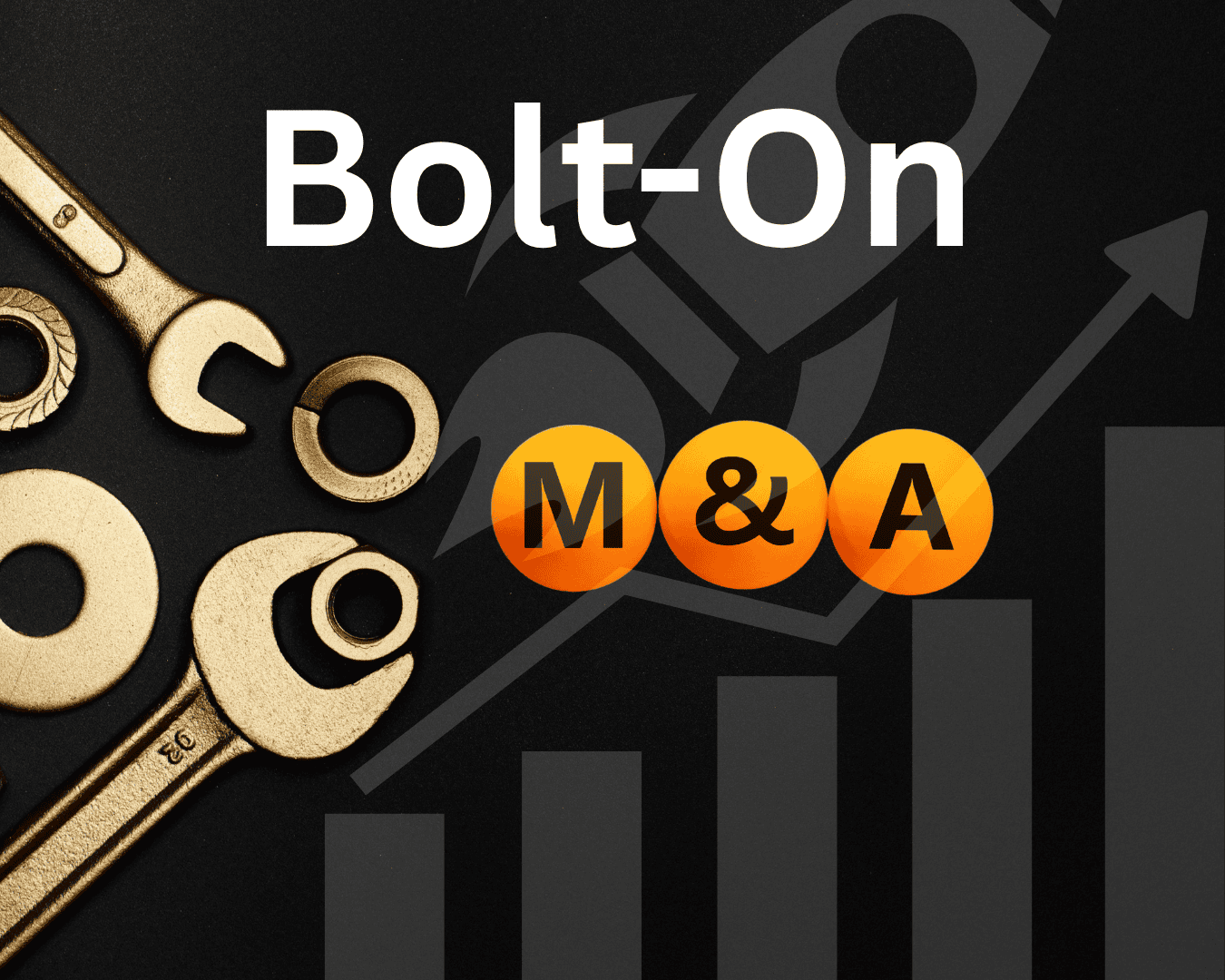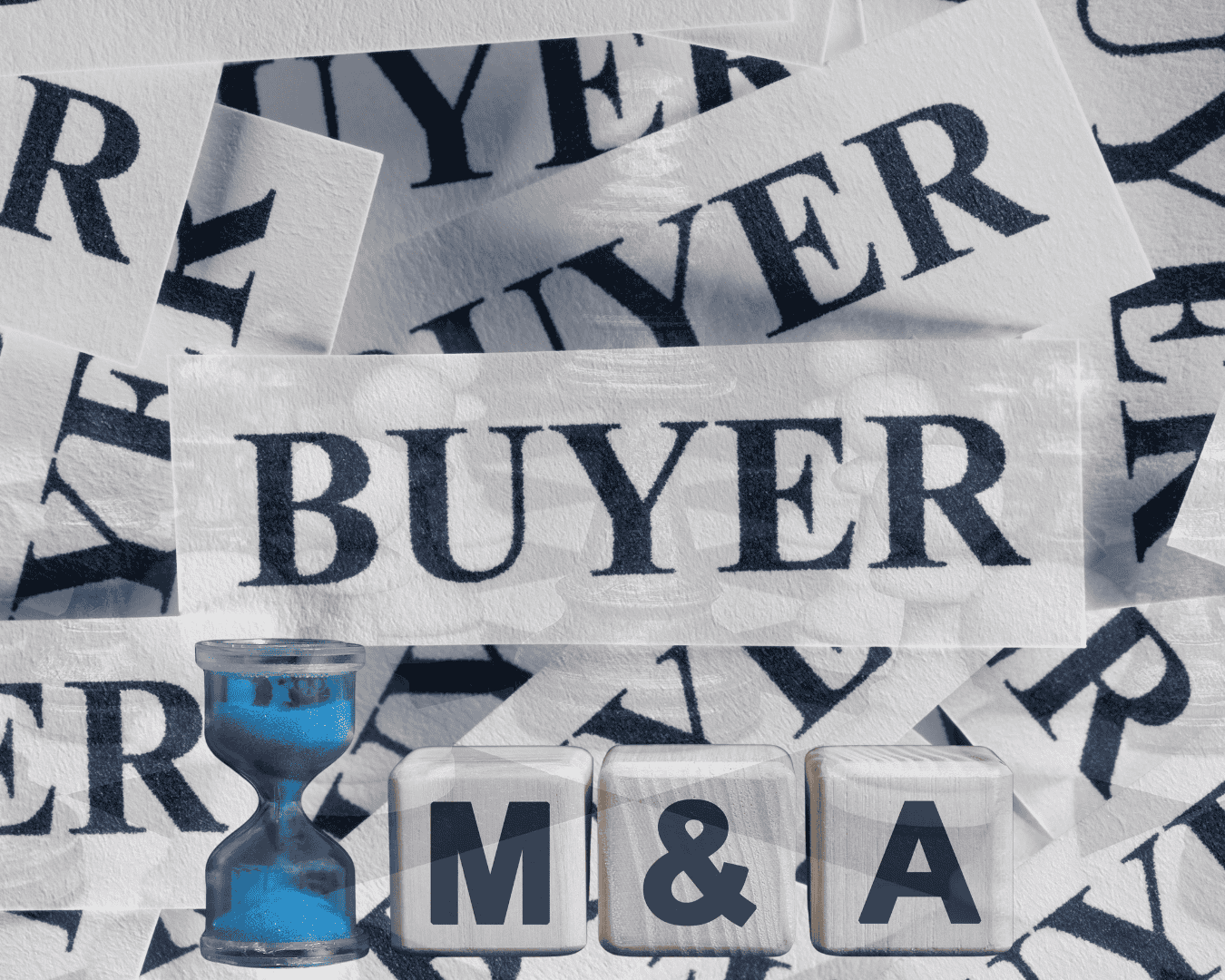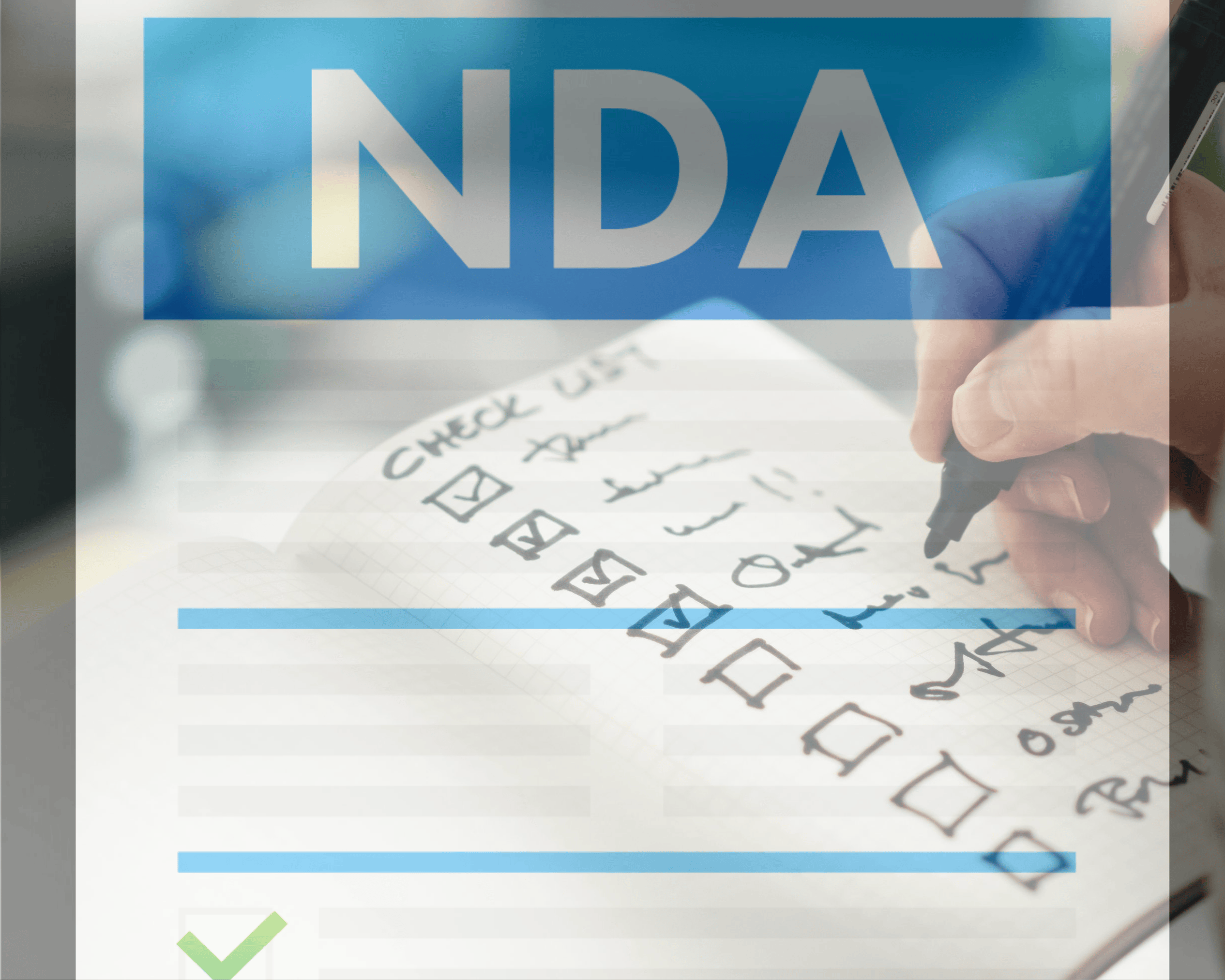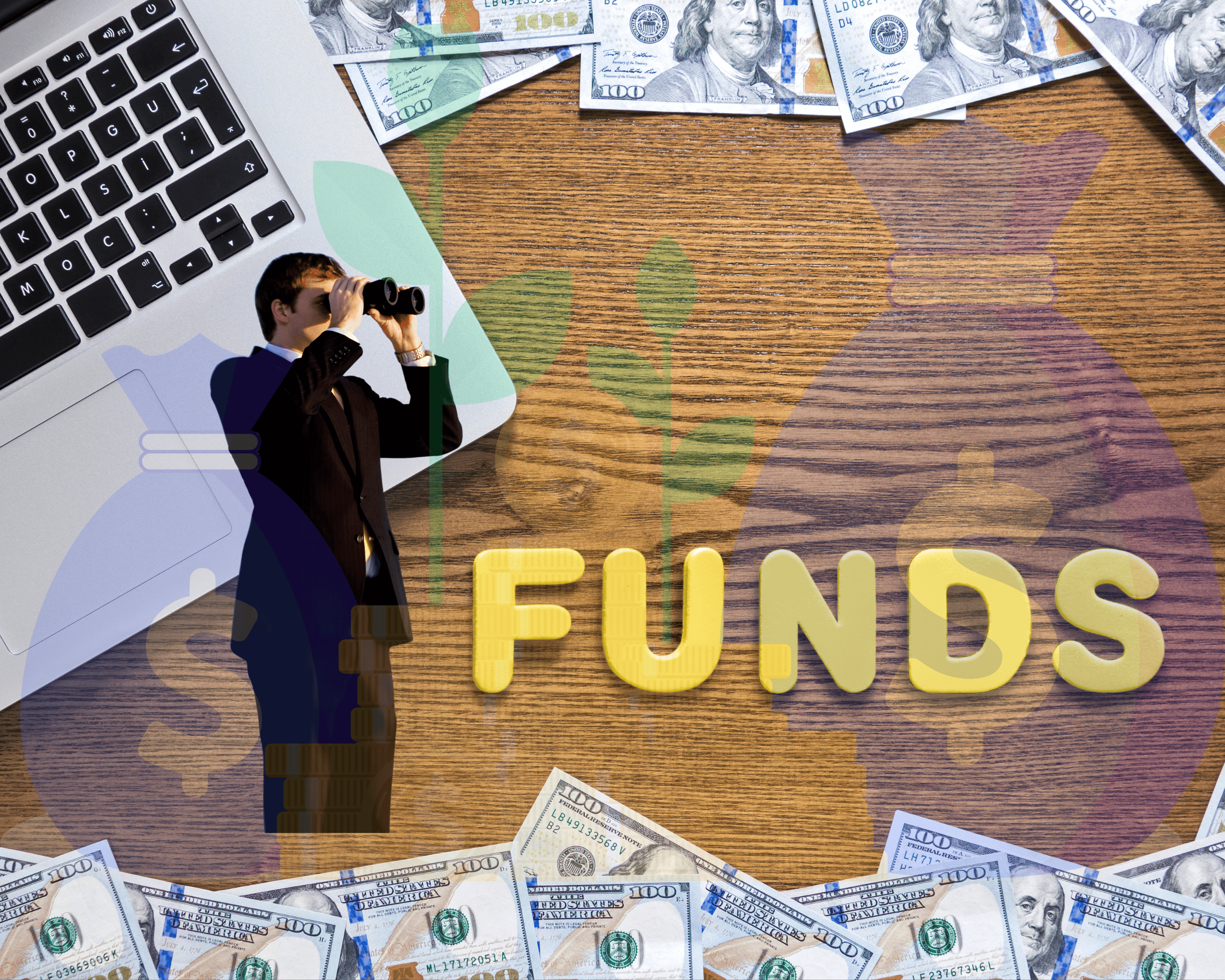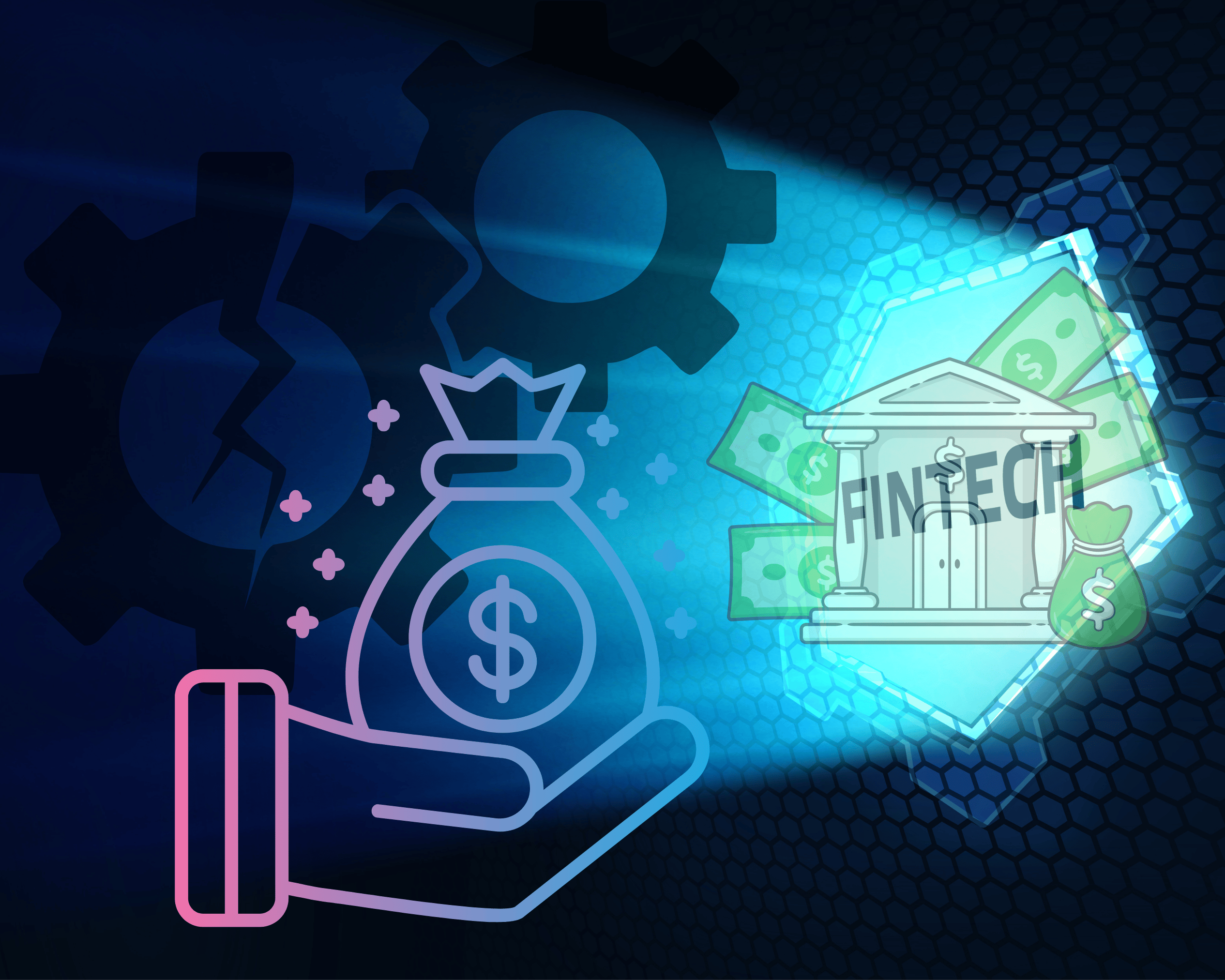Recurring revenue is a reliable, ongoing income stream from subscriptions or contracts. It makes businesses more attractive to buyers by reducing risk, ensuring predictable cash flow, and commanding higher valuation multiples. Compared to one-time sales models, recurring revenue businesses are valued significantly higher due to their stability and long-term earning potential.
Key Benefits of Recurring Revenue:
- Predictable Income: Easier to forecast future earnings.
- Higher Valuation Multiples: Recurring revenue models can achieve 2-3x higher valuations than one-time revenue models.
- Buyer Appeal: Lower risk and steady cash flow attract more buyers.
- Resilience: Better performance during economic downturns.
For example, a SaaS company generating $13,200 in monthly recurring revenue (MRR) could be valued at $396,000 using a 30x multiple, while a transactional business earning $6,000 monthly might only reach $180,000.
Metrics That Matter:
- MRR/ARR: Reflects predictable monthly/annual income.
- Churn Rate: Lower churn indicates stronger customer loyalty.
- CLTV:CAC Ratio: A ratio of 3:1+ signals profitable growth.
Recurring revenue simplifies financial planning, stabilizes operations, and boosts buyer confidence. Businesses transitioning to this model often see higher sale prices and smoother acquisitions.
Quality of Revenue: The Key to Maximizing Your Company's Valuation in M&A
The Problem: Unpredictable Revenue Hurts Business Value
Relying on one-time sales creates a host of operational challenges that can lower a company’s market value, discourage potential buyers, and limit exit opportunities. These challenges directly impact business valuations in several ways.
Problems with One-Time Revenue
Businesses that depend on transactional revenue face numerous hurdles. The unpredictable nature of their sales makes accurate forecasting nearly impossible. This uncertainty disrupts budgeting and forces companies to constantly focus on acquiring new customers just to maintain revenue levels. It also complicates hiring decisions and delays investments in critical technologies.
Another issue is the difficulty in justifying upfront costs for automation or operational improvements. Companies with recurring revenue can spread these costs across a stable and predictable customer base, but businesses reliant on one-off sales often hesitate to make such investments due to the uncertainty of their future income.
Cash flow volatility is yet another major drawback. Without a steady income stream, it becomes challenging to meet fixed expenses, seize growth opportunities, or weather short-term economic fluctuations. This lack of financial stability can lead to missed opportunities or poorly timed decisions that further hinder growth.
Additionally, contract transferability poses a significant problem when selling a business. Non-transferable contracts can severely impact future income potential. In one-time revenue models, losing key customer relationships doesn’t just mean missing out on future sales - it also eliminates the chance to build long-term, recurring revenue streams.
Lower Valuation Multiples for Unpredictable Revenue
The challenges of unpredictable revenue extend beyond daily operations - they also directly affect how businesses are valued. For instance, in the alarm security industry, one-time installation fees are valued at just 0.75x revenue, while recurring monitoring services are valued at 2.00x revenue, representing a 2.67x premium.
| Revenue Model | Valuation Multiple | Example Value for $100,000 Revenue |
|---|---|---|
| One-Time Installation | 0.75x | $75,000 |
| Recurring Monitoring | 2.00x | $200,000 |
| Difference | 2.67x more | $125,000 premium |
This valuation trend holds true across various sectors. For example, financial planning firms are often valued based on their annuity income, accounting practices on their recurring fees, and SaaS companies on multiples of their recurring revenue.
Investors and buyers weigh several risks when evaluating businesses with inconsistent revenue. A key concern is whether the business can sustain profitability during market fluctuations or economic downturns. The inability to predict future earnings with confidence makes these businesses far less appealing.
Scalability is another issue. One-time revenue models typically require proportional increases in sales and marketing efforts to grow, whereas recurring revenue models can often scale with much lower additional costs. There’s also the risk of losing major customers - without a recurring revenue base, such losses can have an immediate and severe impact.
Economic downturns only magnify these risks. New customer acquisitions tend to slow during tough times, and without a stable income stream, operations can falter. Buyers and investors take these vulnerabilities into account, resulting in significantly lower valuations for businesses with unpredictable revenue.
"The income-based approach is the most forward-looking, valuing a business based on the cash flow it can generate in the future."
For businesses reliant on one-time revenue, this forward-looking valuation approach becomes a challenge. Without a reliable income stream, buyers struggle to forecast future earnings with confidence, making it difficult to justify higher acquisition prices. As a result, these businesses are often undervalued, reflecting the genuine risks they pose to potential acquirers.
How Recurring Revenue Improves Business Valuation
Unpredictable revenue can be a headache for both business owners and potential buyers. It introduces uncertainty and makes long-term planning difficult. But recurring revenue models offer a practical solution to these challenges. Over the past decade, subscription-based services have skyrocketed by 435%, driven by customer demand for convenience and the undeniable value of predictable income streams. Let’s explore how recurring revenue ensures steady cash flow, attracts buyers with premium valuations, and provides resilience during economic downturns.
More Stable and Predictable Cash Flow
Recurring revenue fundamentally changes how a business manages its finances by offering consistent income. Unlike one-off sales, which can swing wildly from month to month, recurring revenue provides a steady, reliable foundation.
Take, for example, a software company with 1,000 subscribers paying $50 each. That’s $50,000 in predictable monthly revenue - a solid financial base for budgeting and planning strategic investments. This consistent income eliminates the uncertainty of irregular sales cycles, giving business owners the confidence to make long-term decisions.
It also allows businesses to invest in tools like automated billing systems and streamlined customer communication, reducing labor costs and improving scalability. With a dependable revenue stream, resources can be allocated more effectively, even during slower periods.
For potential buyers, this stability is a game-changer. Predictable cash flow makes future earnings easier to forecast, significantly reducing investment risks and justifying higher purchase prices.
Higher Buyer Interest and Better Valuation Multiples
Recurring revenue doesn’t just stabilize operations - it also makes businesses more appealing to buyers and boosts their market valuation. Because of the lower risk and steady income associated with recurring revenue models, they often command higher valuation multiples compared to businesses reliant on one-off sales. In fact, companies with recurring revenue can be worth up to three times more than those with unpredictable income streams.
For instance, businesses with recurring revenue might see valuation multiples ranging from 5x to 10x annual profit, while those with irregular revenue might only achieve 2x to 4x. To put this into perspective, a SaaS company generating $13,200 in monthly recurring revenue could be valued at $396,000 using a 30x multiple. On the other hand, a transactional company earning $6,000 monthly might only reach a valuation of $180,000. This stark difference highlights how financial consistency and lower churn risk make recurring revenue businesses more attractive to buyers.
Additionally, businesses with strong recurring revenue streams often generate more interest from buyers. The competition among buyers can lead to bidding wars, driving up the final sale price.
Better Performance During Economic Downturns
Another major advantage of recurring revenue is how it helps businesses navigate economic challenges. The steady cash flow it provides acts as a buffer during downturns, allowing businesses to maintain operations without drastic cuts. Subscription packages and loyalty programs tied to recurring revenue models also strengthen customer relationships, making it harder for competitors to lure customers away.
For example, a SaaS company with a diverse customer base might see only a slight dip in revenue during a recession. In contrast, a business reliant on project-based work could face steep declines. Even during operational setbacks, recurring revenue ensures a consistent income stream, enabling businesses to stay afloat without significant changes.
This resilience not only supports growth and stability but also makes these businesses highly desirable to buyers and investors. The ability to weather economic fluctuations directly contributes to higher valuations and long-term success.
Key Metrics for Measuring Recurring Revenue Value
Understanding the key metrics that reflect the stability and growth of recurring revenue is essential for gauging business health. These metrics are particularly important to buyers and investors evaluating businesses with subscription-based or contract-driven income streams.
Monthly Recurring Revenue (MRR) and Annual Recurring Revenue (ARR)
Monthly Recurring Revenue (MRR) is the total predictable income your business generates each month from active subscriptions or contracts. Annual Recurring Revenue (ARR) expands on this by projecting the yearly value of these recurring income streams, typically calculated by multiplying MRR by 12. For example, a SaaS company with $50,000 in MRR would have an ARR of $600,000. Using a common valuation multiple of 4x ARR, this business could be valued at approximately $2.4 million, assuming favorable churn and retention rates.
These metrics provide a reliable snapshot of future revenue potential. Unlike revenue that fluctuates with one-time sales, MRR and ARR offer a stable foundation for financial planning and investment decisions. For business owners preparing for a sale, demonstrating consistent growth in MRR and ARR over time signals scalability and momentum, which can attract higher buyer interest.
Churn Rate and Customer Retention
Churn rate reflects the percentage of customers or revenue lost over a specific period, often measured monthly or annually. This metric has a direct impact on business valuation. A high churn rate can indicate problems with product-market fit, customer satisfaction, or contract quality, which may lower buyer confidence and lead to reduced offers. On the flip side, a low churn rate highlights strong customer loyalty, making the business more appealing to investors and buyers.
Customer retention rate, on the other hand, measures the percentage of customers who continue their subscriptions or contracts over a given period. High retention rates are linked to increased customer lifetime value and lower acquisition costs - two factors that enhance business valuation. During due diligence, buyers scrutinize these metrics to ensure the recurring revenue will persist after acquisition. A proven history of low churn and high retention can justify higher valuation multiples. These metrics also pave the way for evaluating overall customer profitability through CLTV and CAC.
Customer Lifetime Value (CLTV) and Customer Acquisition Cost (CAC)
Profitability metrics like Customer Lifetime Value (CLTV) and Customer Acquisition Cost (CAC) are critical for understanding the overall financial health of a recurring revenue model. CLTV estimates the total revenue a customer generates over their lifetime, while CAC calculates the cost of acquiring that customer.
The CLTV:CAC ratio is a key indicator of business efficiency. A ratio of 3:1 or higher is considered healthy, as it shows that the revenue generated from customers significantly outweighs the cost of acquiring them. For instance, if acquiring a customer costs $1,000 but their lifetime value is only $2,000, the resulting 2:1 ratio may indicate inefficient growth, which could raise concerns for potential buyers.
| Metric | What It Measures | Impact on Valuation |
|---|---|---|
| MRR/ARR | Monthly/annual predictable revenue | Demonstrates stability and growth |
| Churn Rate | Percentage of customers lost | Lower churn signals reliability |
| CLTV:CAC Ratio | Customer value vs. acquisition cost | Ratios of 3:1+ suggest profitable growth |
Improving these metrics can significantly enhance buyer appeal. For example, increasing customer value through upselling or optimizing marketing efforts to lower acquisition costs can strengthen the CLTV:CAC ratio. This approach not only boosts profitability but also supports higher valuation multiples.
Platforms like Clearly Acquired offer tools and advisory services to help business owners monitor and refine these key metrics. By doing so, they make their businesses more attractive to buyers and investors, while simplifying the preparation process for a successful sale.
sbb-itb-a3ef7c1
How Recurring Revenue Improves the Buy-Sell Process
Recurring revenue changes the game for the buy-sell process by offering a steady stream of predictable income. This predictability not only attracts more buyers but also encourages competitive bidding, often leading to higher sale prices. It also simplifies contract transfers and makes operations smoother during the transition.
Increased Buyer Interest and Competition
Businesses with strong recurring revenue models tend to draw more attention from buyers. Why? Because they offer a lower-risk investment opportunity. This reliability often creates a competitive environment where multiple buyers are eager to bid, driving up the final sale price and giving sellers a stronger position during negotiations.
Switching to a recurring revenue model can significantly boost a business's value, as reflected in higher sale prices and better negotiation leverage. Even if performance dips after an acquisition, the steady recurring revenue acts as a safety net, helping buyers recover part of their investment. For instance, in industries like alarm security, a company relying solely on one-off installations might be valued at around $0.75 per dollar of revenue. In contrast, a similar business with recurring monitoring revenue could command a valuation of about $2.00 per dollar - a nearly threefold increase in value.
Importance of Transferable Contracts
Beyond attracting more buyers, having transferable customer contracts is vital for maintaining value during a sale. Ensuring that contracts can seamlessly transfer to new ownership is critical. Losing key contracts during the transition can weaken revenue streams, resulting in a lower valuation. Buyers scrutinize contract terms during due diligence, and businesses with well-structured, transferable agreements are better positioned to avoid complications that could hurt the deal.
Operational Efficiency and Growth Potential
Recurring revenue doesn’t just stabilize cash flow - it also leads to operational efficiencies that enhance a business's appeal to buyers. Steady income allows businesses to streamline processes and invest in automation for tasks like billing, renewals, and customer communications. This reduces management overhead and makes the business more scalable.
These operational improvements, combined with a loyal customer base, give buyers a clear roadmap for growth and an efficient framework to build on. The result? A business that's not only easier to run but also primed for expansion. These factors add substantial value during an acquisition and contribute to the overall attractiveness of a company with recurring revenue.
| Operational Benefit | Impact on Buyer Interest | Value Creation |
|---|---|---|
| Automated billing & renewals | Reduces management overhead | Cuts operational costs |
| Predictable cash flow | Supports strategic planning | Improves resource allocation |
| Customer loyalty programs | Builds competitive advantages | Ensures long-term stability |
For business owners planning to sell, platforms like Clearly Acquired offer tools and advisory services to optimize operations and showcase scalability. Proper preparation can significantly boost both the final sale price and the speed of the transaction.
Ways to Increase Recurring Revenue and Business Value
Building on the benefits discussed earlier, the next step is to actively grow recurring revenue to enhance your business's overall value. Successful companies prioritize customer retention, streamline operations, and seek expert advice to maximize their recurring revenue potential and valuation.
Better Customer Relationships and Retention
Strong customer relationships are the backbone of a profitable recurring revenue model. By focusing on effective customer strategies, businesses can reduce churn by up to 50%. This directly leads to more predictable cash flow and higher valuations.
One of the most effective ways to retain customers is through personalized communication. By using CRM systems to track customer interactions and preferences, businesses can deliver tailored offers and conduct timely check-ins. This approach helps identify customers at risk of leaving and provides opportunities to address their concerns before they churn.
Loyalty programs also play a key role in retention. Offering exclusive perks or rewards creates additional reasons for customers to stay. For instance, businesses with well-designed loyalty programs often see retention rates increase by as much as 30%. These programs can include benefits like early access to new features, referral bonuses, or tiered pricing discounts that reward long-term subscribers.
Another critical strategy is gathering regular feedback through surveys, user interviews, or analytics. This feedback offers valuable insights into customer satisfaction and helps businesses refine their offerings to meet changing needs. By staying engaged and responsive, companies can remain competitive and reduce the chances of losing customers.
| Retention Strategy | Implementation Method | Expected Impact |
|---|---|---|
| Personalized Communication | CRM‑driven customer segmentation | Up to 50% lower churn |
| Loyalty Programs | Tiered rewards and exclusive perks | 30% higher retention |
| Proactive Support | Regular check‑ins and issue resolution | Improved satisfaction |
In addition to fostering strong customer relationships, leveraging automation and technology can further enhance retention efforts and operational efficiency.
Using Automation and Technology
Automation is a game-changer for managing recurring revenue. It reduces manual work, minimizes errors, and improves the customer experience. Businesses using automation report up to 30% higher efficiency, along with reduced churn.
For example, billing platforms can automate invoicing, payment processing, and customer communication. Automated onboarding workflows guide new customers through product features, addressing early-stage churn and ensuring they experience value right away. These tools also help with timely renewals, reduce payment failures, and create a smooth billing experience that encourages customers to stick around.
Integrated CRM and billing systems are another powerful tool. They provide real-time insights into metrics like Monthly Recurring Revenue (MRR), Annual Recurring Revenue (ARR), and churn rates. These analytics dashboards enable businesses to make data-driven decisions about pricing, feature updates, and customer success strategies.
While internal strategies are essential, seeking external expertise can take your recurring revenue efforts to the next level.
Getting Professional Advisory Services
Professional advisory services bring specialized expertise to help businesses optimize their recurring revenue and boost valuation. Platforms like Clearly Acquired are designed to assist smaller businesses in improving their subscription models and accessing tailored financial solutions.
Advisors can help businesses design well-balanced subscription offerings and secure financing for technology upgrades, marketing initiatives, and operational improvements. For example, Clearly Acquired connects businesses with over 500 lenders, banks, and private debt partners, offering options like lines of credit, equipment loans, and growth capital to support these efforts.
Valuation expertise is another key benefit of professional advisory services. Advisors help businesses understand how recurring revenue impacts their overall value. They work on optimizing contract terms, improving transferability for potential sales, and positioning businesses for higher valuation multiples. These efforts not only enhance operational performance but also increase buyer confidence during transactions.
Additionally, AI-driven tools and proprietary analytics provided by advisory services offer insights into market trends, comparable valuations, and growth opportunities. This data helps business owners make informed decisions about investments in customer retention, technology, and operations.
Personalized support from advisors also simplifies the transition to a recurring revenue model. They address challenges like customer resistance to subscription pricing, optimize pricing strategies, and ensure new processes integrate smoothly with existing operations.
For businesses preparing for a sale or seeking growth capital, professional advisors streamline the process of showcasing recurring revenue value to potential buyers or lenders. Proper documentation, optimized contracts, and operational improvements can significantly increase both the sale price and the speed of transactions.
Conclusion: The Long-Term Value of Recurring Revenue
Recurring revenue has a transformative impact on business valuation. By establishing steady and predictable income streams, businesses shift from being seen as risky ventures to reliable investments, attracting buyers willing to pay premium prices. This shift not only changes how valuations are calculated but also influences key decisions around growth and acquisitions.
The financial benefits of this model are undeniable. Companies with recurring revenue models often achieve higher valuation multiples, thanks to their reduced risk and predictable cash flow. Moreover, these businesses tend to weather economic downturns more effectively, demonstrating greater resilience during challenging times.
The rise of the subscription economy highlights this growing preference for dependable revenue streams. Investors and buyers increasingly prioritize businesses that can showcase consistent growth and strong customer relationships, making them less risky and more appealing opportunities.
To fully capitalize on the advantages of recurring revenue, businesses need to focus on areas like improving contract transferability, maintaining high customer retention rates, and streamlining operations. These elements work together to strengthen cash flow stability and support long-term growth strategies.
For those looking to maximize their recurring revenue potential, expert guidance is essential.
"The income-based approach is the most forward-looking, valuing a business based on the cash flow it can generate in the future." - Clearly Acquired
Platforms such as Clearly Acquired offer valuable resources, including AI-driven tools and professional advisory services, to help businesses refine their recurring revenue models. They also connect sellers with buyers who recognize the value of reliable income streams.
At its core, recurring revenue is more than just a business model - it's a strategic asset that drives higher valuations, attracts serious buyer interest, and secures long-term financial success in today’s subscription-driven marketplace. Businesses that embrace and optimize this model are better positioned to thrive in an economy increasingly focused on predictable and sustainable growth.
FAQs
How does churn rate affect the valuation of a business with recurring revenue?
Churn rate is a key factor in determining the value of businesses with recurring revenue. When churn rate is high, it means customers are leaving often. This can create uncertainty and make future cash flows harder to predict. As a result, the business may appear less stable and less appealing to potential investors or buyers, which can drive down its valuation.
In contrast, a low churn rate reflects strong customer loyalty and steady revenue. This kind of stability signals long-term growth potential, making the business a more attractive and lower-risk option for investors and buyers. Businesses with low churn rates often achieve higher valuations because they inspire greater confidence in their future performance.
How can businesses shift from a one-time revenue model to a recurring revenue model?
Transitioning to a recurring revenue model can bring more stability to your business while boosting its valuation. To get started, pinpoint which of your products or services could work well on a subscription or ongoing contract basis. For instance, you might package products with added perks like maintenance, support, or regular updates to provide ongoing value.
Once you've laid the groundwork, prioritize keeping your customers happy and engaged. Deliver consistent value, nurture strong relationships, and make the process seamless with automated billing and flexible payment options. Lastly, highlight the advantages of your recurring model - like convenience and predictable costs - to make it appealing and foster long-term loyalty.
How does recurring revenue influence a company’s valuation, and why is it important?
Recurring revenue plays a key role in shaping a company’s valuation, largely because it offers stability, predictability, and the promise of sustained growth. Investors and buyers are drawn to businesses with steady income streams since they lower risk and make it easier to estimate future earnings. This dependability often leads to higher valuation multiples compared to businesses that rely on one-time sales or have irregular revenue patterns.
Revenue models like subscriptions or long-term contracts are particularly appealing to potential buyers. They signal a loyal customer base and ensure a consistent cash flow. By prioritizing the development and retention of recurring revenue, businesses can increase their attractiveness and overall market value.








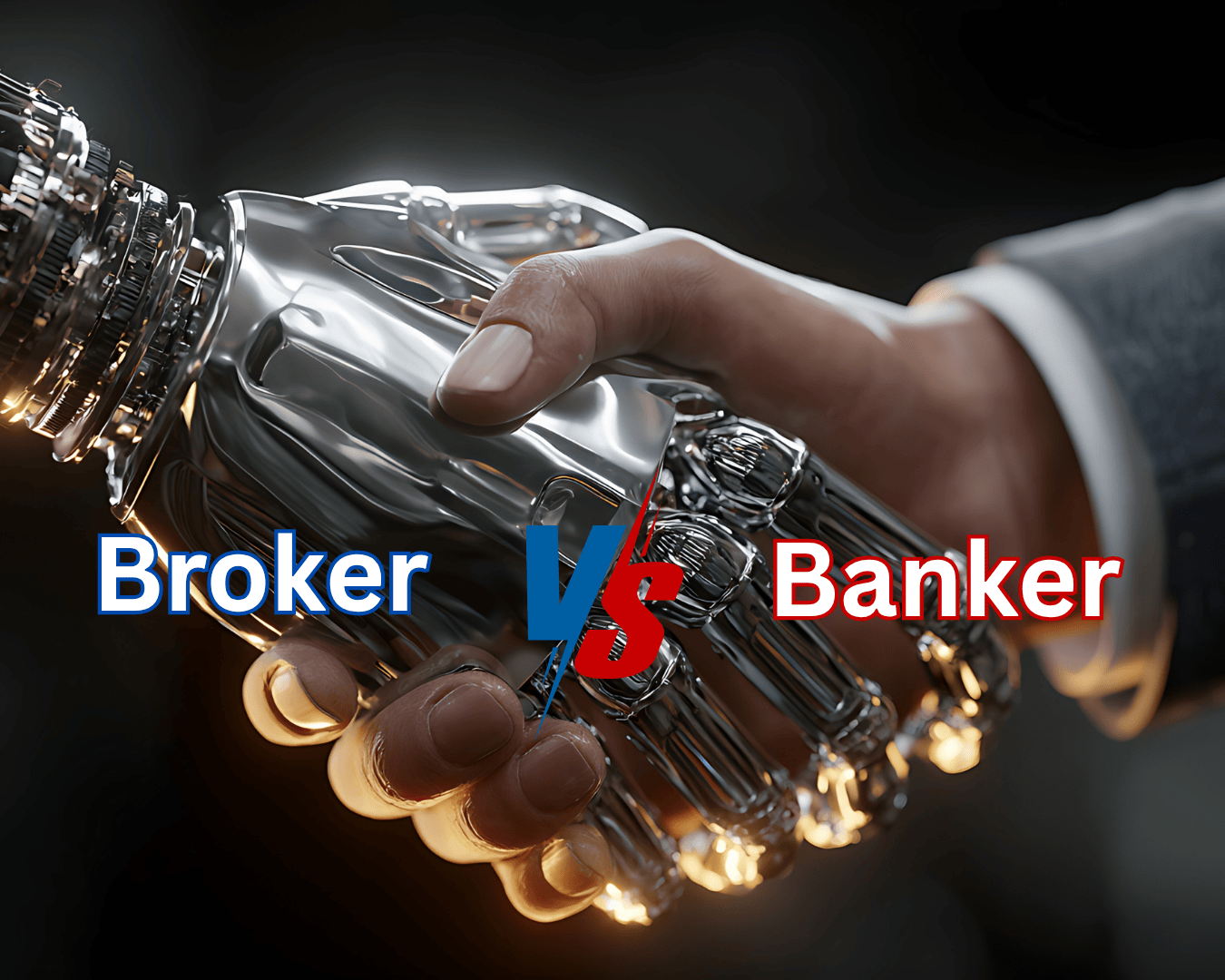

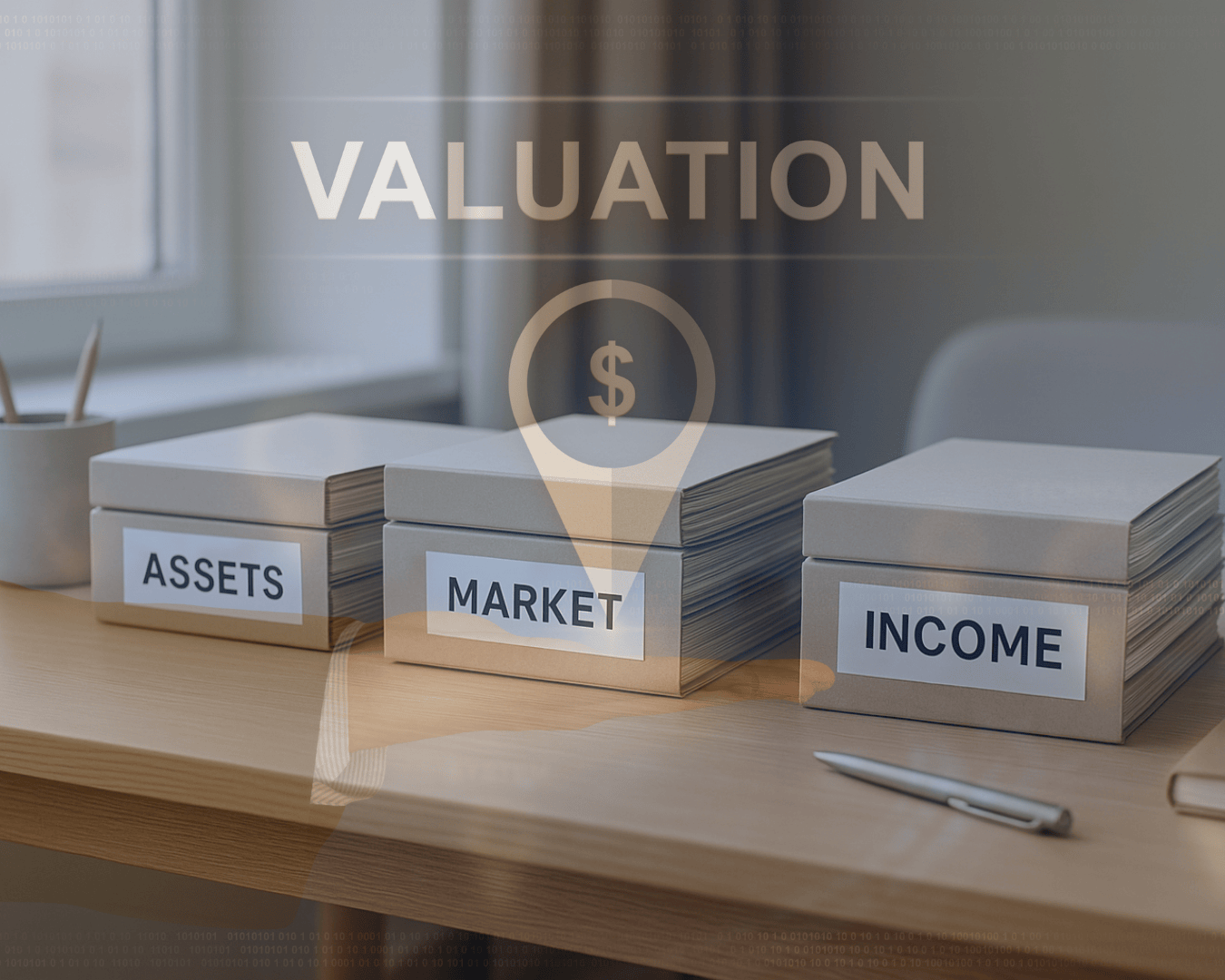


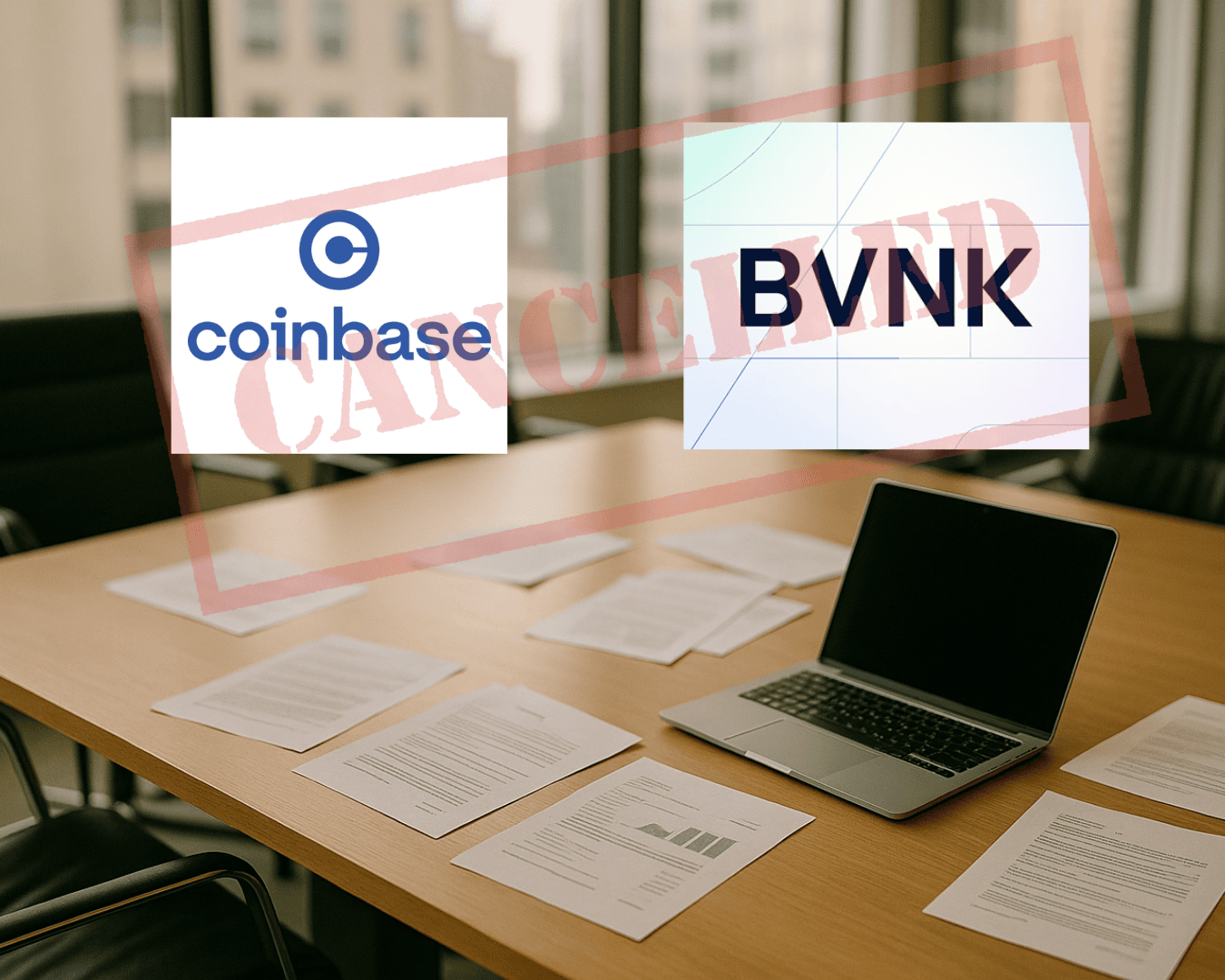









.png)

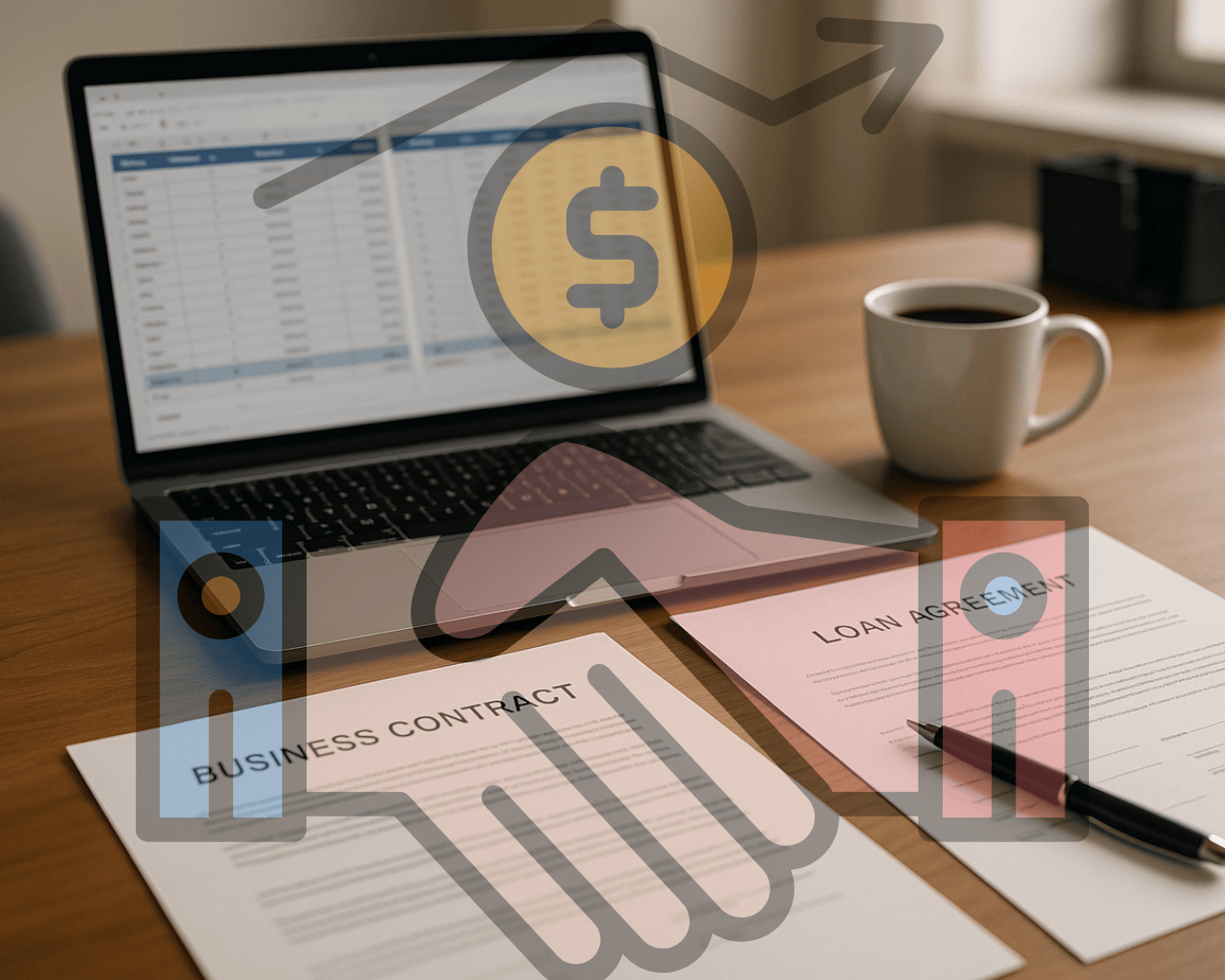




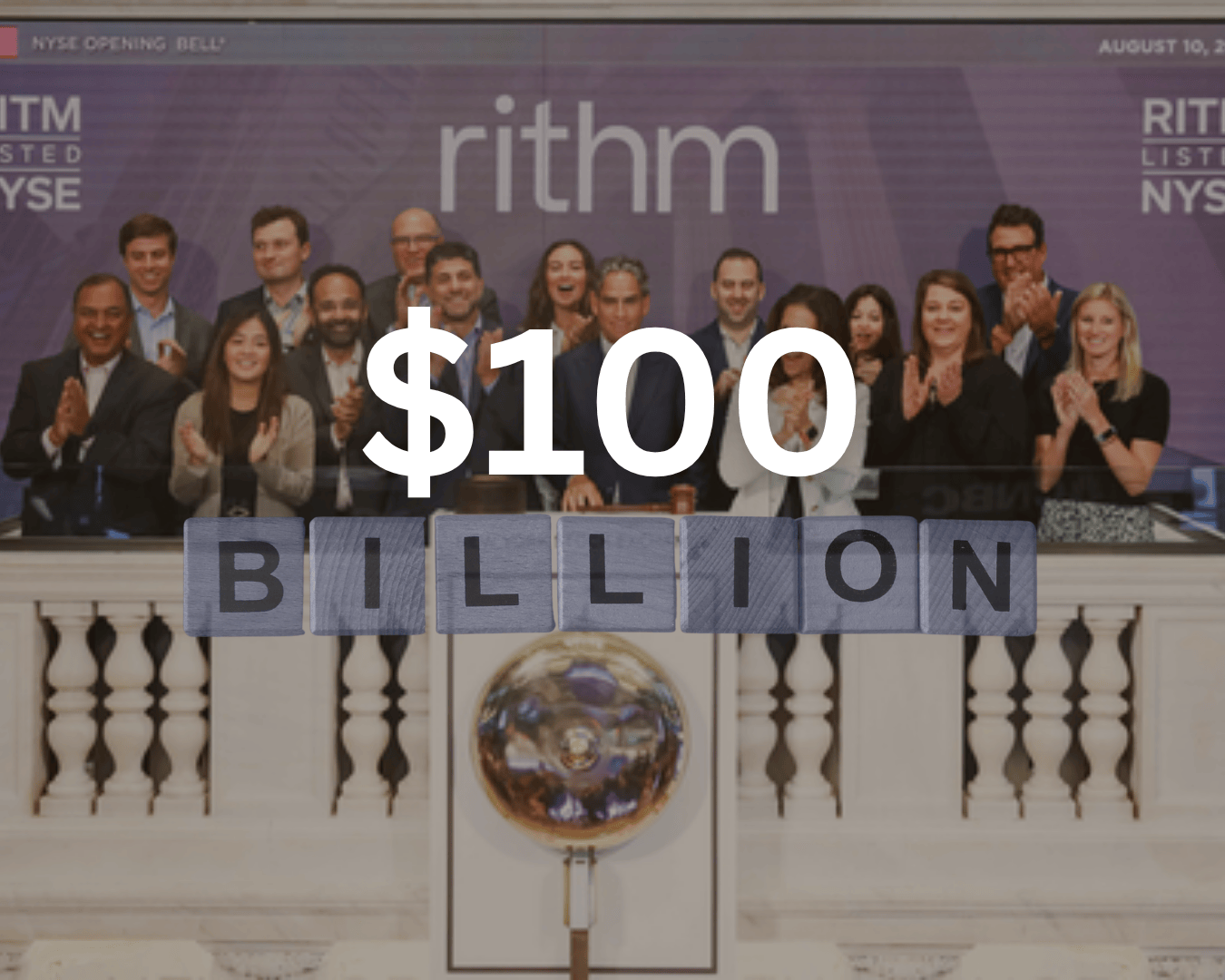



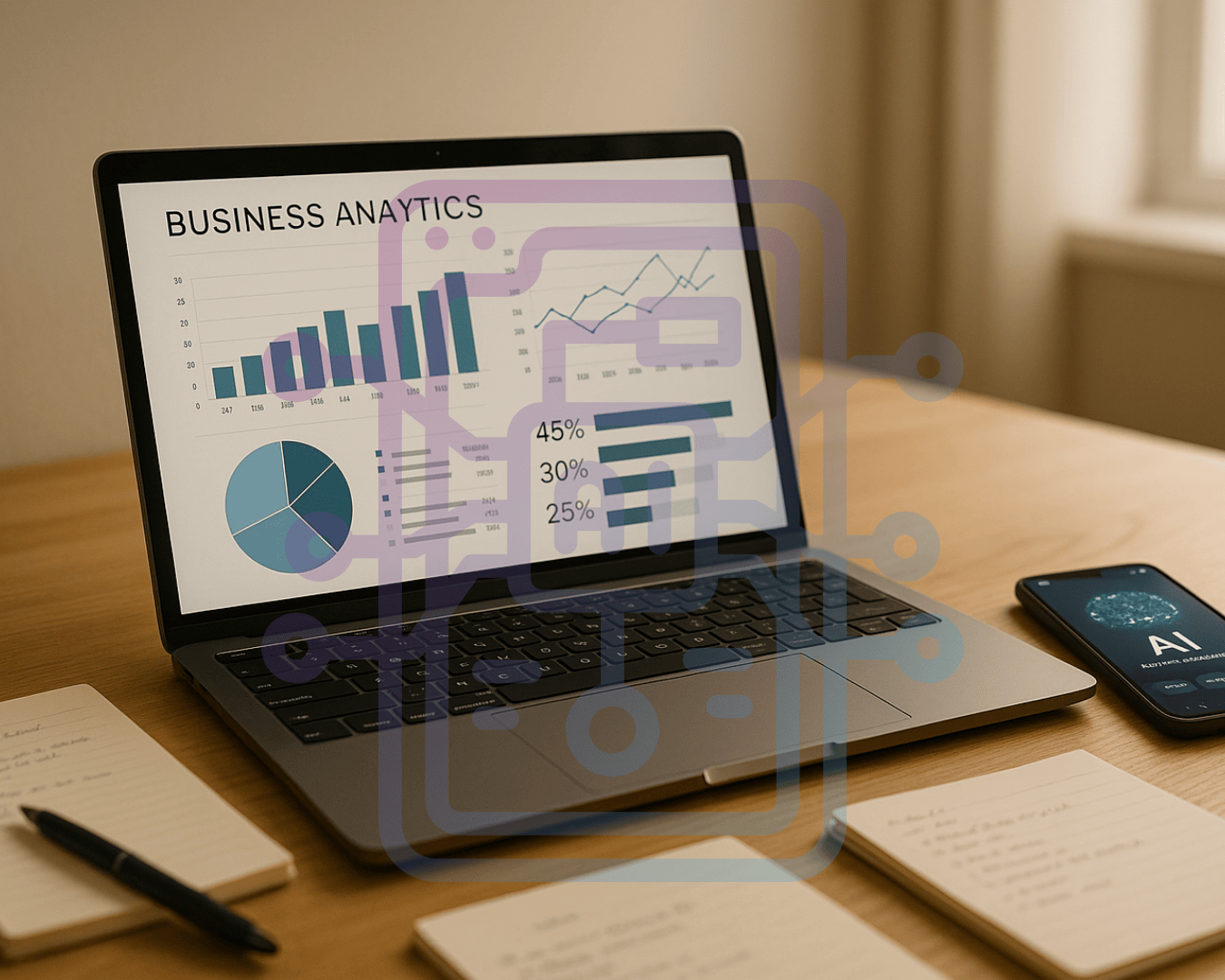






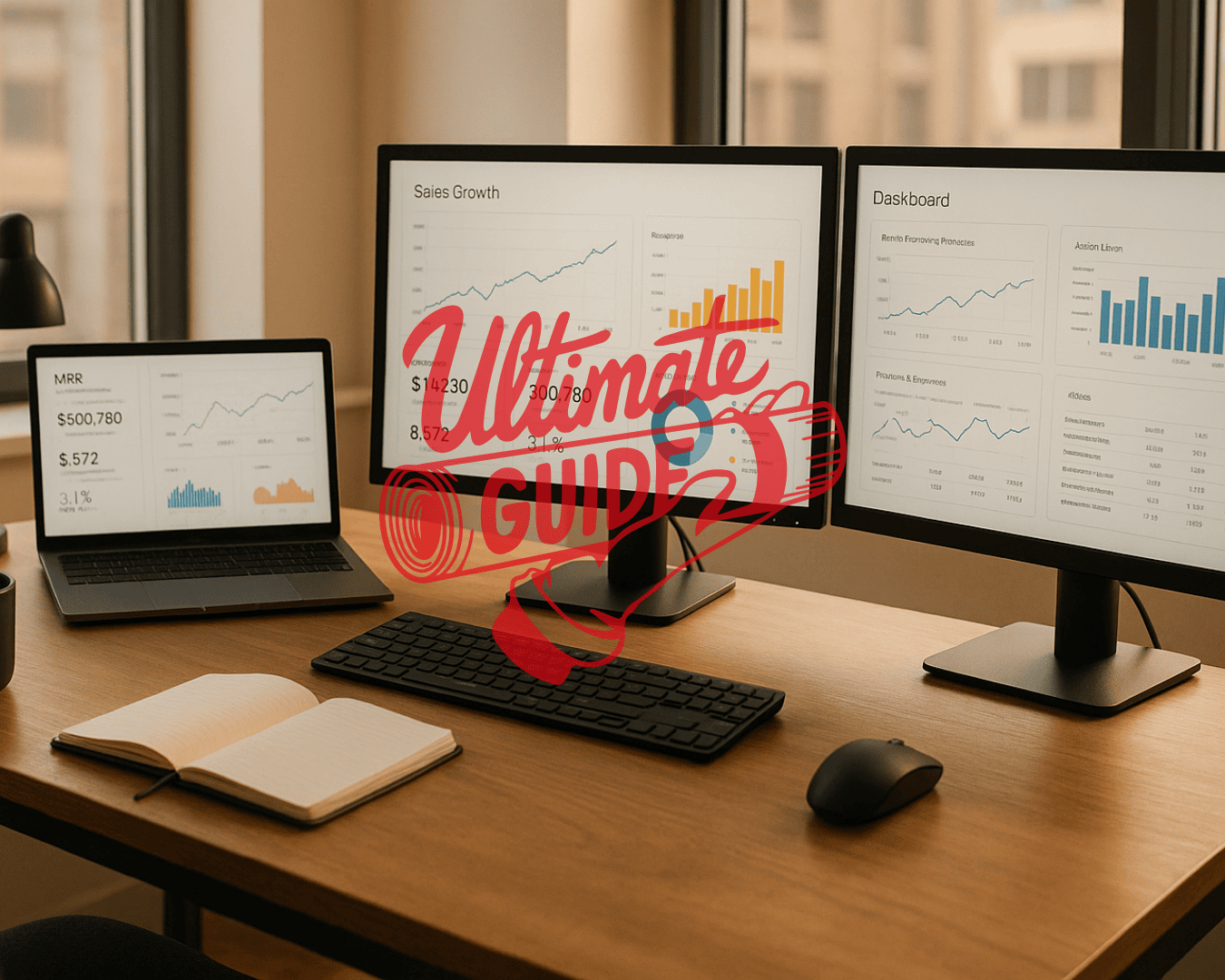




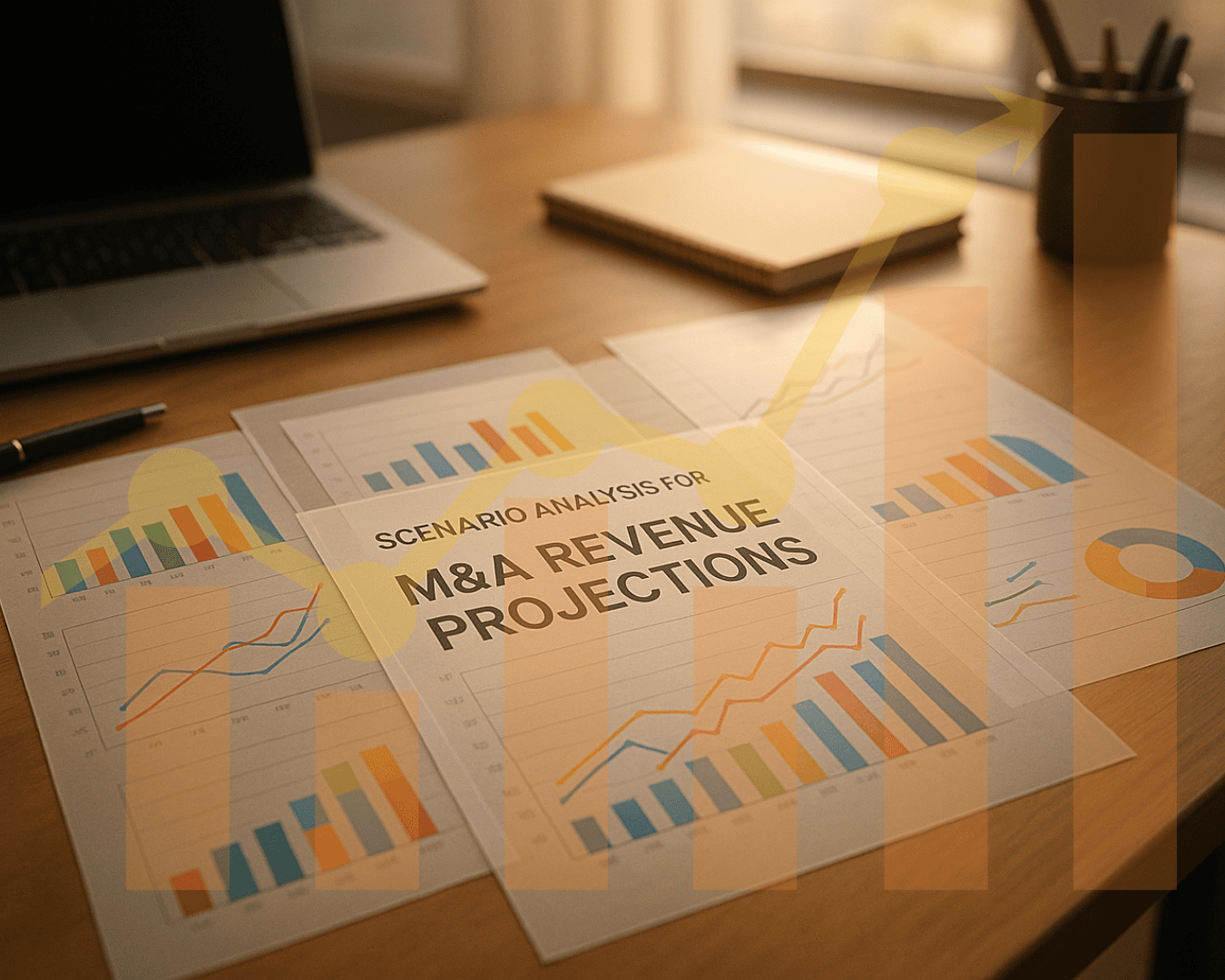





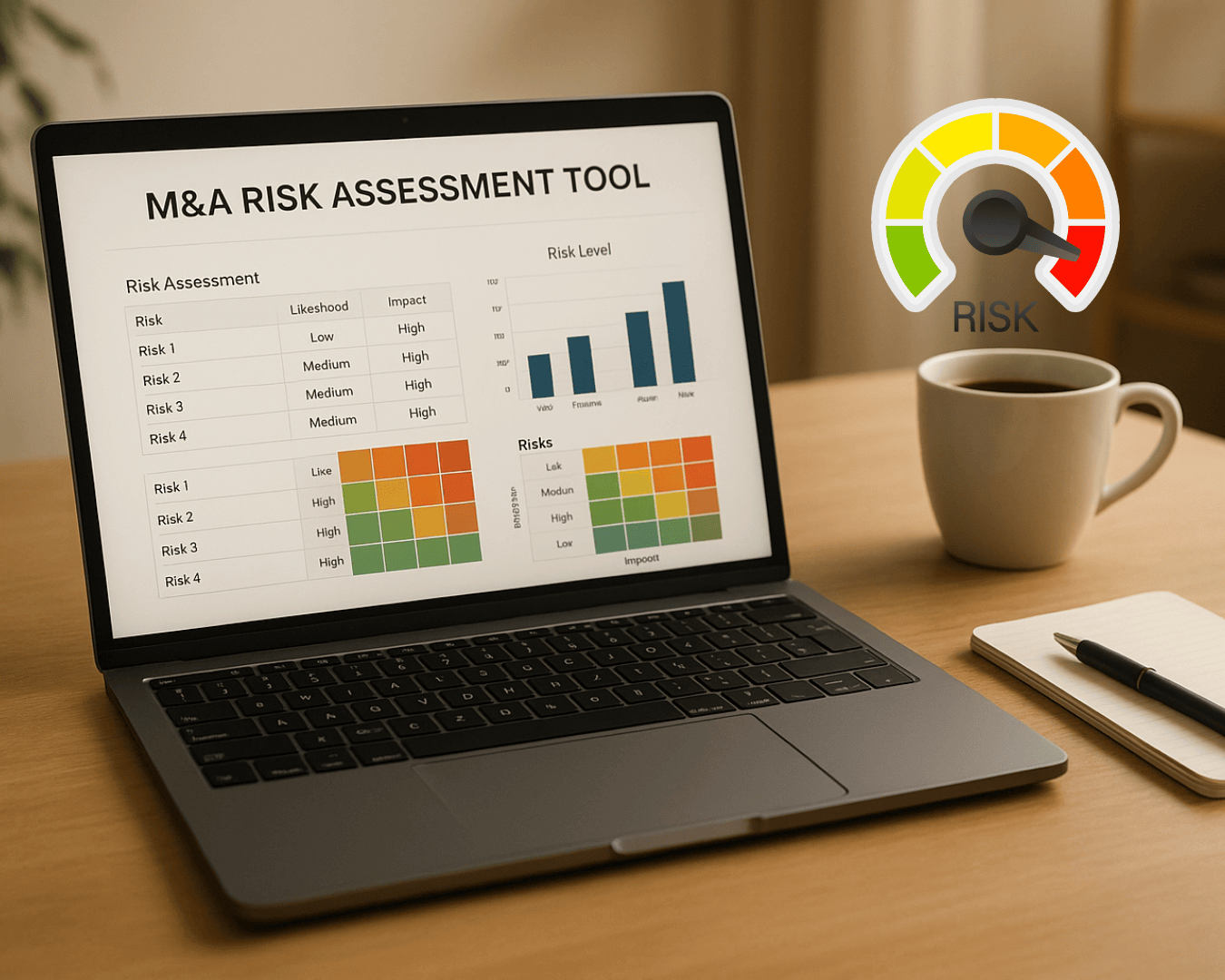
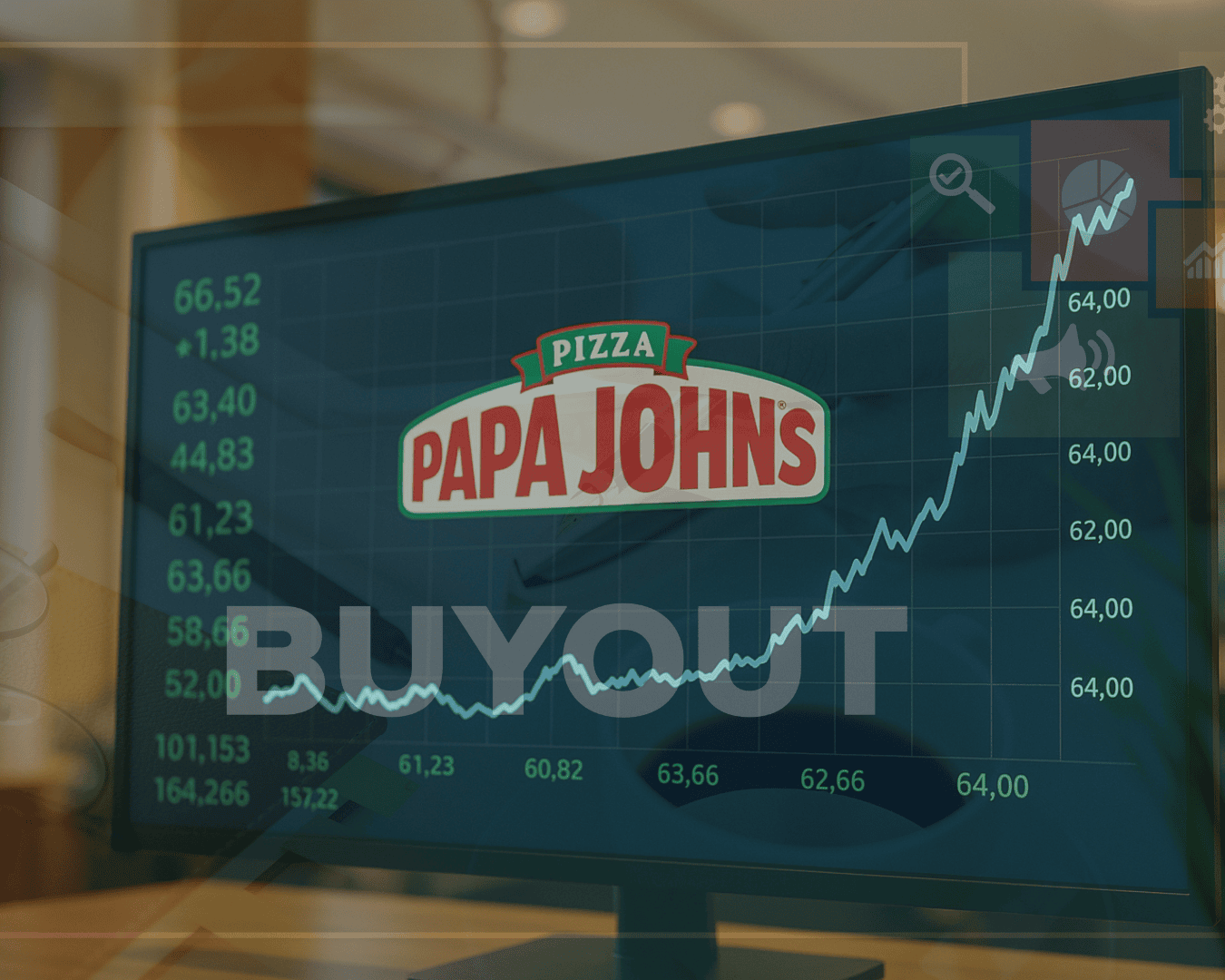
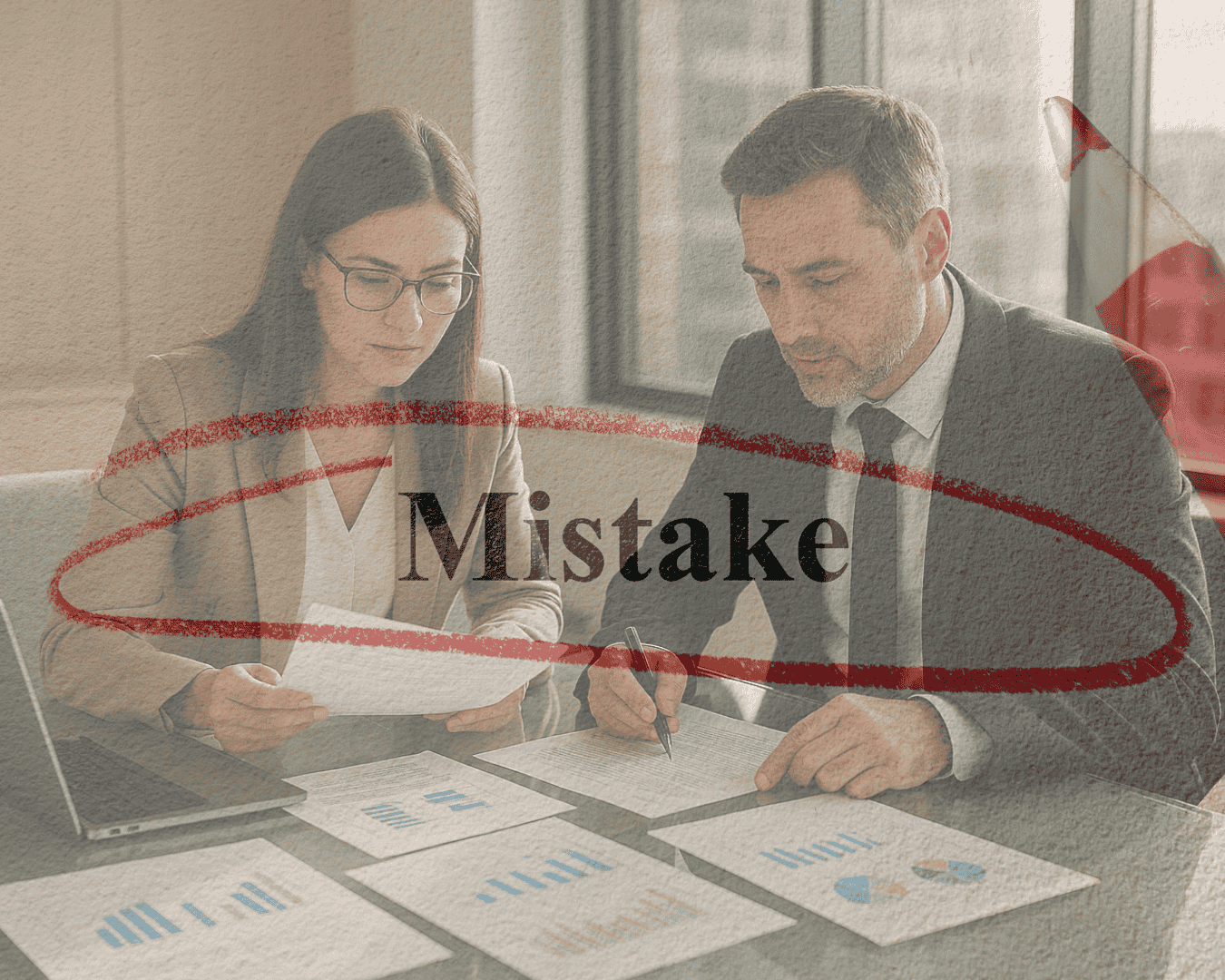
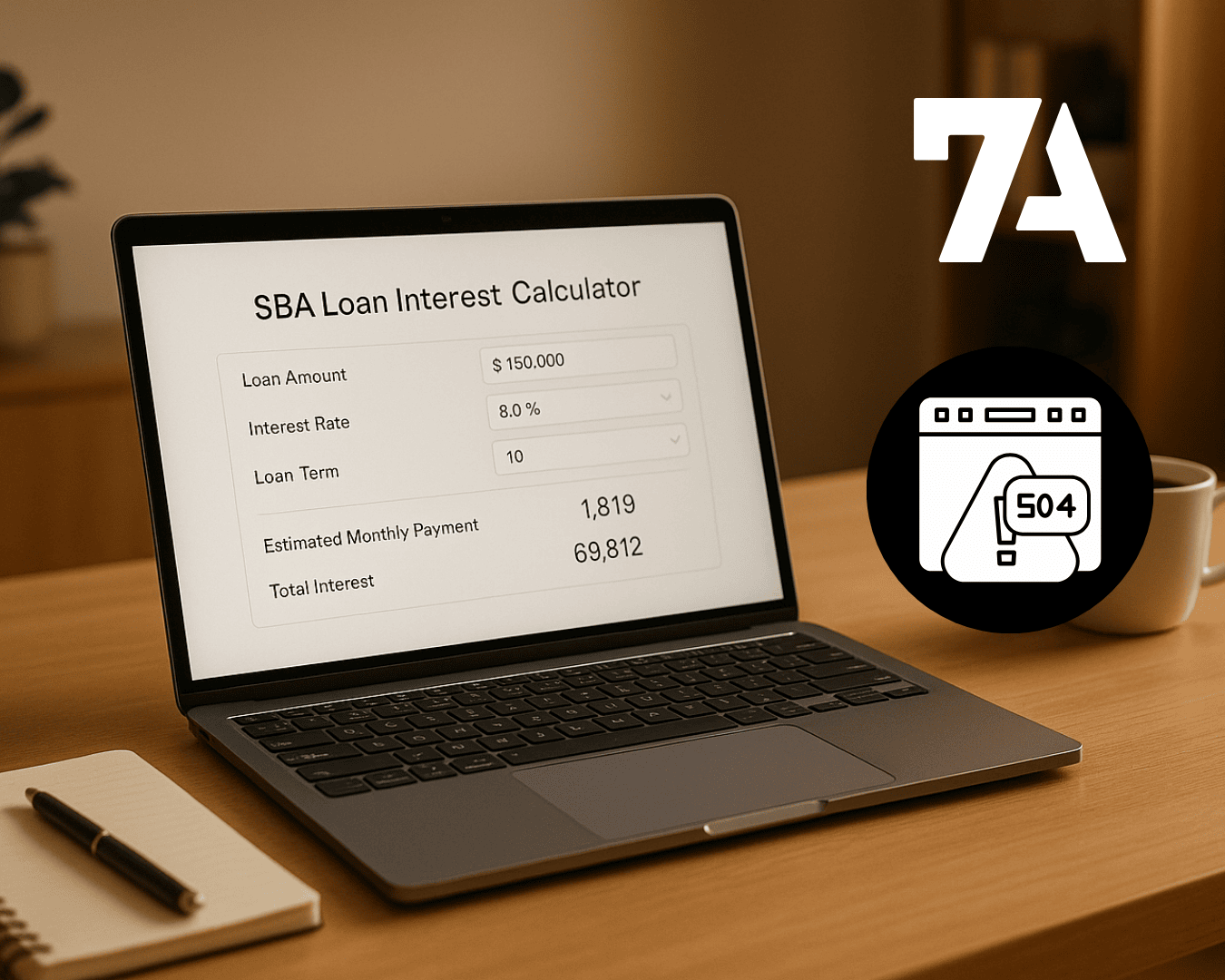








%20Loan%20Application%20Checklist.png)
